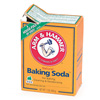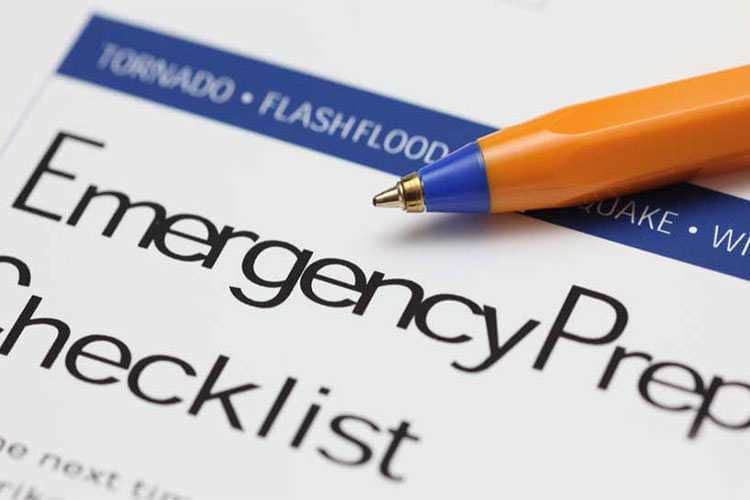May 6-12, 2013 is Emergency Preparedness Week, an annual awareness campaign to encourage Canadians to be better prepared to deal with disasters in their communities. The Red Cross urges Canadians to know the risks that are most likely going to affect them where they live.
Despite the fact that nearly half of Canadians have experienced at least two types of personal emergencies or disasters, two thirds of Canadians say they have not taken the steps to prepare for a disaster. While many Canadians believe that disasters are not an issue in their communities, the fact is that every province and territory experienced a disaster within the past year. The Canadian Red Cross responded to over 2,300 disasters in the past year, including everything from house fires to wildfires, landslides, severe flooding, power outages, and hurricanes.
Emergency preparedness doesn’t seem like something that should be such a big deal. But, in the event of a large-scale power outage or other emergency, we would likely be on our own for the first 72 hours…and unfortunately, many of us would be caught off guard for about 70 of those first 72 hours.
How not to be caught off guard:
Know the Risks
In addition to natural disasters, there are other types of risks, such as power outages and industrial or transportation accidents. Know the risks for the area you live in. Learn about disasters, including those triggered by natural hazards, technological hazards or conflict by using the Canadian Disaster Database.
Make a plan
Every household needs an emergency plan. It will help you and your family know what to do in case of an emergency. Your family may not be together when an emergency occurs. Plan how to meet or how to contact one another, and discuss what you would do in different situations.
Keep this document in an easy-to-find, easy-to-remember place (for example, with your emergency kit) and write yourself a reminder to update your emergency plan one year from now. On this date next year, review your contact information, practise your emergency evacuation plans, change the batteries in your smoke alarm and carbon monoxide detector, and restock your kit(s). Change the batteries, food and water in your emergency kits once a year.
Make an emergency kit
In an emergency, you will need basic supplies. You may have some of the items already, such as food, water and a battery-operated or crank flashlight. The key is to make sure they are organized and easy to find. Would you be able to find your flashlight in the dark?
Make sure your kit is easy to carry and everyone in the household knows where it is. Keep it in a backpack, duffle bag or suitcase with wheels, in an easy-to-reach, accessible place, such as your front-hall closet.
A basic emergency kit should contain items like water, food that won’t spoil, a manual can opener, first aid kit, keys to your car and house, money in small bills, a copy of your emergency plan, hand sanitizer, matches, candles, basic tools, duct tape and items such as prescription information, formula, pet food. And of course, don’t forget a Weather Radio (that you can enter to win here).
The Canadian Red Cross has pre-made kits that can be purchased at shop.redcross.ca and various other kits and supplies are also available for sale from other commercial entities.
For more emergency preparedness information, visit GetPrepared.ca or follow @Get_Prepared on Twitter.
Did That Help!? You Might Like These:
 |
 |
 |
| Baby Gates: What You Need To Know |
Pool Safety | 20 Uses for Baking Soda |



